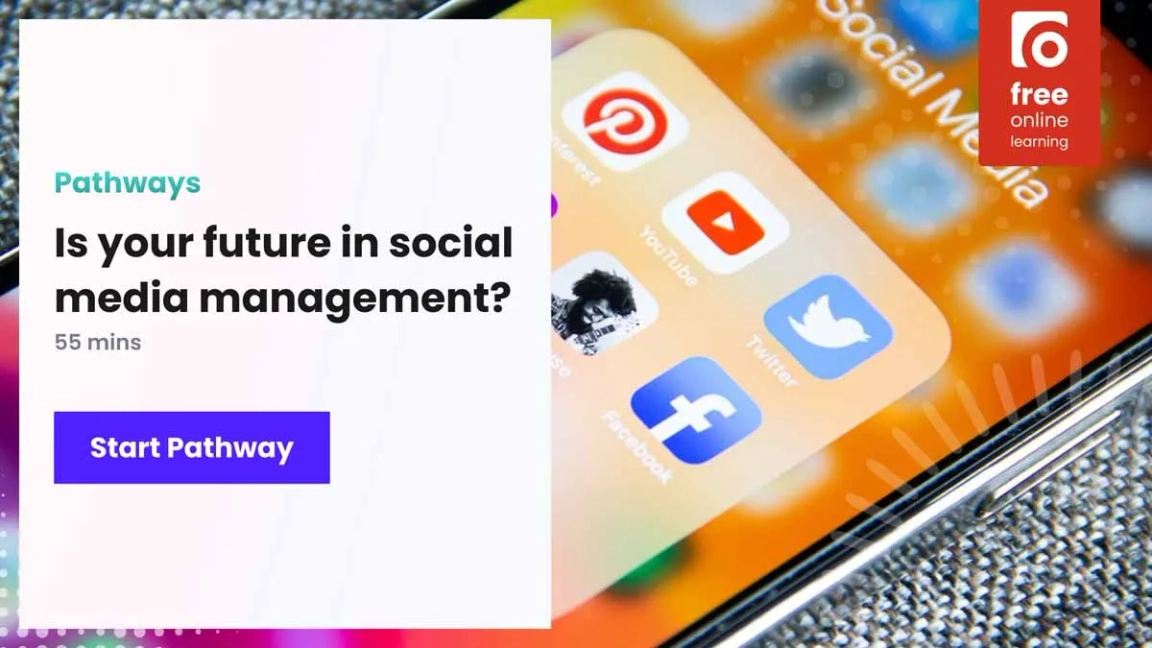Applications
How to write creative applications for marketing and advertising graduate jobs
7 Jun 2023, 10:52
‘Creative applications’ are a way of showing off your skills to potential employers and hopefully making them take a longer look at your application.

targetjobs Editorial advice
This describes editorially independent and impartial content, which has been written and edited by the targetjobs content team. Any external contributors featuring in the article are in line with our non-advertorial policy, by which we mean that we do not promote one organisation over another.




